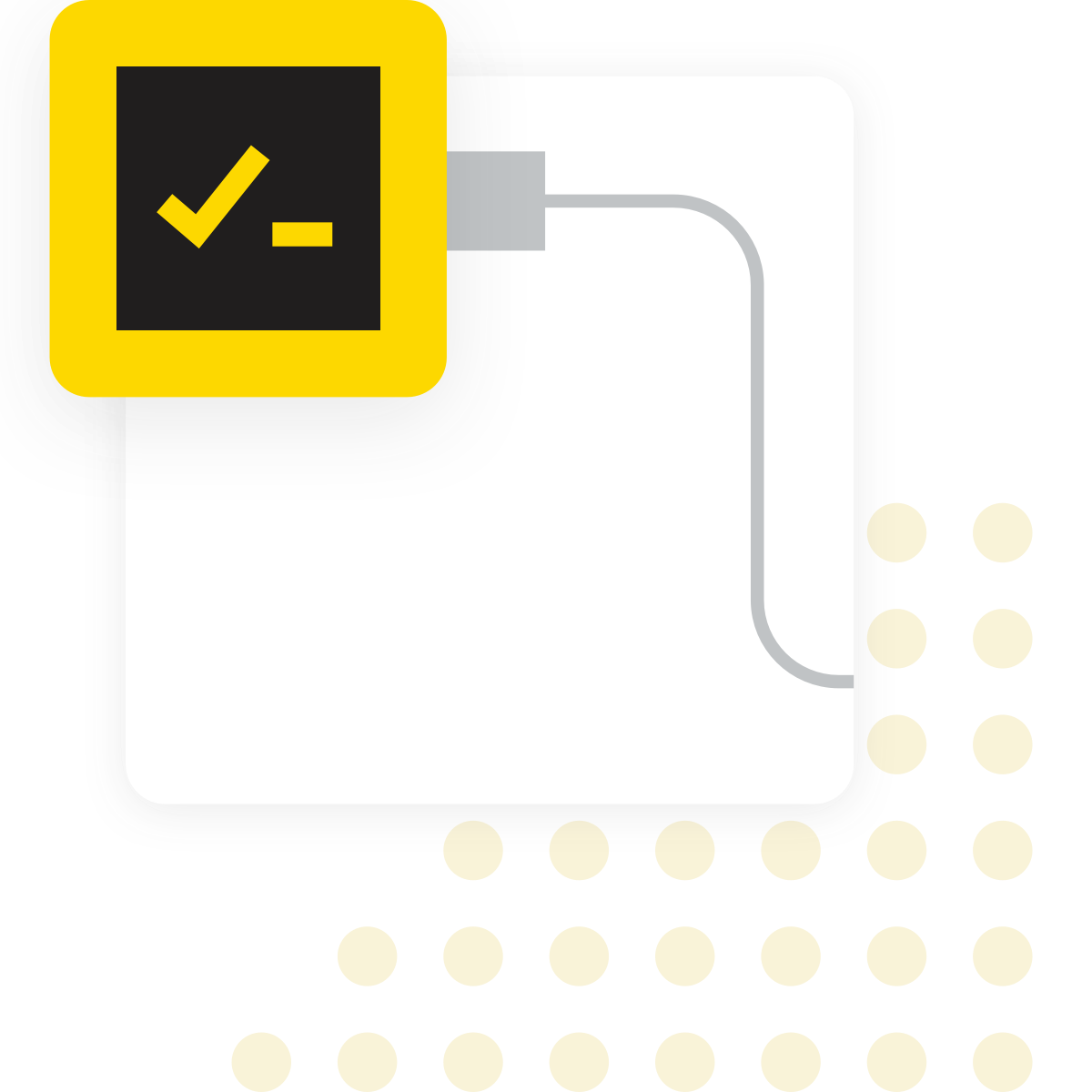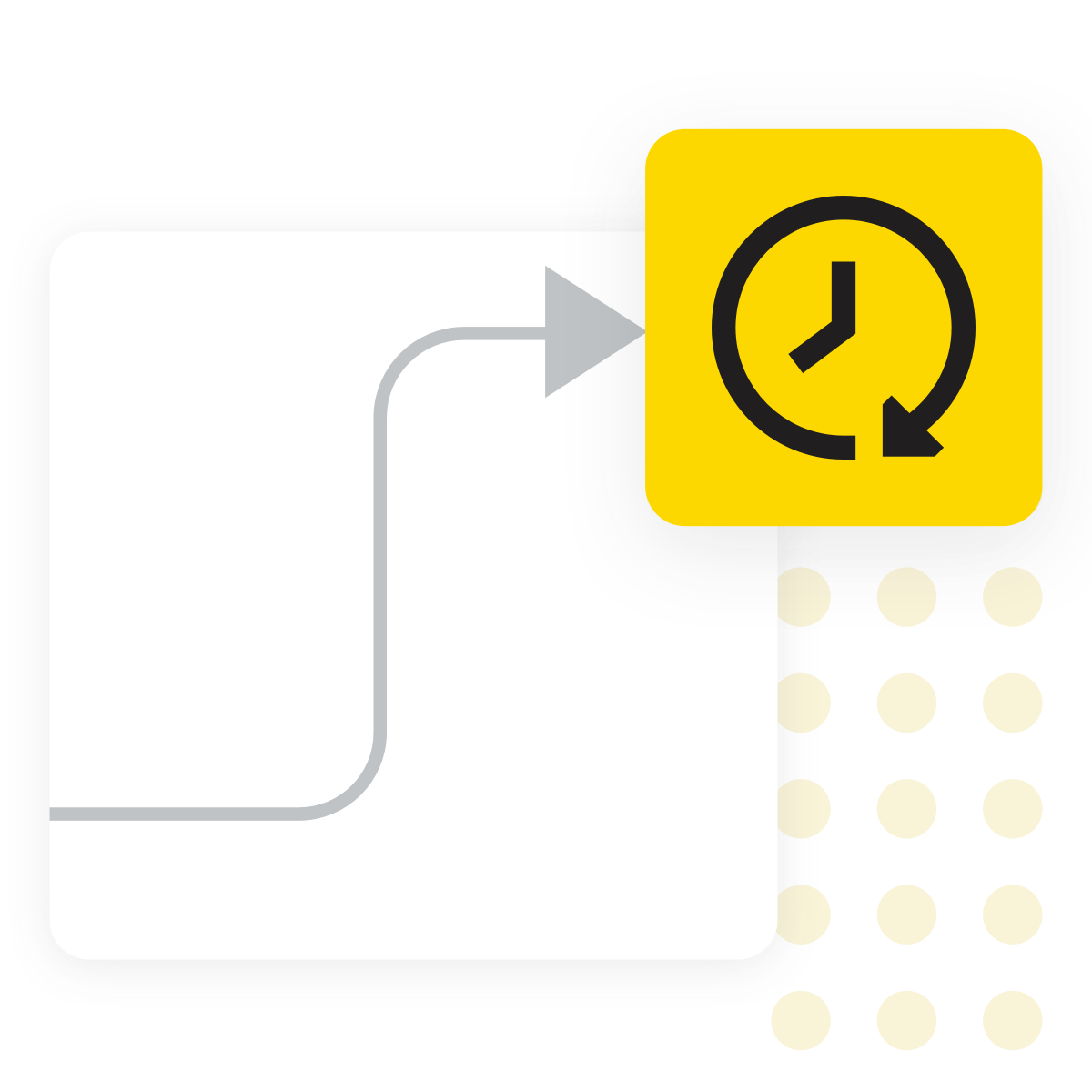Bank Reconciliation with KNIME
Bank reconciliation with KNIME enables you to compare your company’s internal cash‑book entries against external bank statements to surface discrepancies, align balances, and gain clarity over your financial flows—all with minimal manual effort and clear, visual logic.
KNIME Workflow Example for Bank Reconciliation
This Bank Reconciliation example workflow performs bank reconciliation by comparing internal cash book entries with external bank statement data to identify matching transactions, discrepancies, and adjusted closing balances. It includes:
- Importing bank statement and cash book data from Excel or CSV files, then transforming them into a comparable structure by standardizing column formats, parsing dates, and aligning amounts for accurate comparison
- Comparing entries using join operations to identify matched transactions, flagging omissions and mismatches, and calculating the unreconciled amount between both records
- Identifying causes of imbalance, such as timing differences or manual entry errors, and then adjusting bank and cash book balances accordingly to compute reconciled closing values
- Generating a final reconciliation statement summarizing matched and unmatched transactions, and exporting the results for audit, review, or integration into broader financial reporting processes
Why use KNIME for Bank Reconciliation

What is Bank Reconciliation?
Bank reconciliation is the process of verifying that your internal financial records—typically a cash book—match with your bank’s statement. This alignment confirms accuracy in transaction logging and closing balances, and helps identify omissions or errors.

Why does it matter?
For accurate financial performance understanding, it’s essential that you know where money is coming from and going to, and that your records line up correctly. Discrepancies not only indicate possible mistakes but may also reveal fraud. Reconciliation helps ensure that only correct values are recorded in the general ledger.

Typical challenges
- Manual reconciliation involves time‑consuming data entry and matching
- Matching discrepancies due to date or description mismatches
- Maintaining audit trails and transparency in reconciliation logic
- Handling large volumes of transactions from different systems or formats

Benefits of using KNIME
- Connect cash book and bank statement data from Excel files, CSV exports, or database systems like SAP or Snowflake
- Build visual, low-code workflows to clean, standardize, and reconcile financial transactions without scripting
- Enrich reconciliation logic by adding tolerance rules, highlighting unmatched entries, and adjusting balances
- Adapt and reuse workflows across time periods, teams, and account structures, reducing manual effort and audit risk
How to use KNIME for Bank Reconciliation

Output and Share Reconciliation Results
Generate a final reconciliation statement showing matched entries, discrepancies, and closing balances. Export the results to Excel or build a visual summary using reporting or DataApps for review and audit.
How to Get Started
How to Get Started
Collection page: KNIME for Finance
A set of ready-to-use solutions designed to speed up analytics transformations in finance departments.
Bank Reconciliation
This demo data app compares internal records (cash book) with external bank statements to ensure accuracy and detect discrepancies.
FAQ
Yes—by adapting the data input steps, you can include a column for account or currency and adjust matching logic to respect those dimensions.
You can incorporate fuzzy-matching techniques using string similarity nodes, Regex, or ask K-AI using the Expression nodes for more advanced logic.
Yes—KNIME workflows can be wrapped as data apps or scheduled using one of KNIME’s paid plans for routine bank reconciliation runs.
Not necessarily. The workflow is mostly built with drag‑and‑drop nodes, though KNIME allows advanced users to add custom logic via the Java Snippet or Python/R nodes as well.


